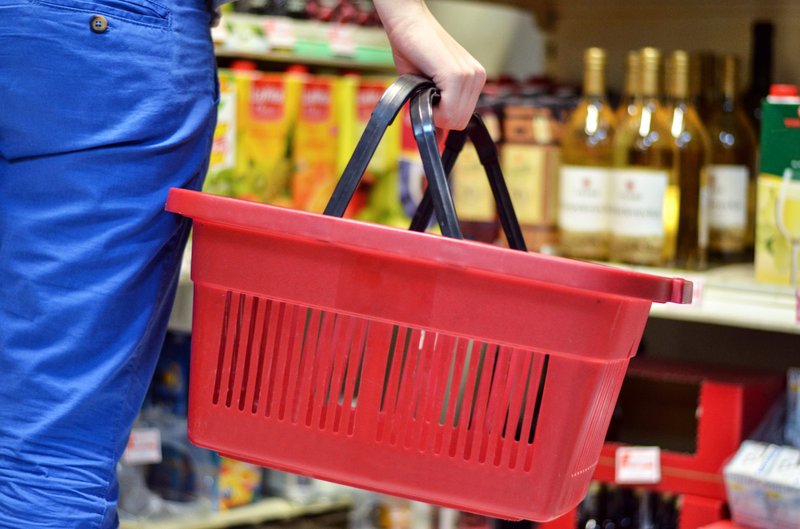Consumer price indices, August 2022
Prices up by 11% annually, monthly remained the same
Annual inflation in August was the same as in July, i.e. 11%. It was mainly driven by more expensive fuel and energy, as well as food. The monthly inflation was reduced by 0.5 percentage points by cheaper petrol products and thus contributed the most to zero inflation.
Annual inflation remains at 11%
The annual growth of prices remained the same (11%) as in July 2022 (in the same period last year it was 2.1%). The average annual index was 8.2%.
Goods and service prices increased on average by 13.9% and 5.5%, respectively. As regards goods, non-durable goods prices went up by 17.5%, durable goods prices by 10.2%, and semi-durable goods prices by 3.3%.
The greatest impact on annual inflation (4.1 p.p.) came from 36.7% higher prices of fuels and energy; prices of solid fuels increased by 66.6%, of gas by 47.4%, of liquid fuels by 40.9%, of heat energy by 40.6%, of electricity by 33.3%, and of fuels and lubricants for personal transport equipment by 29.7%. Higher prices of food (by 14.1%) contributed to the annual inflation 2.1 p.p.; prices of bread and cereals increased by 16.4%, of meat by 14%, and of milk, cheese and eggs by 16.2%.
At the monthly level, prices on average the same
In August consumer prices remained on average the same as in the previous month.
The upward contributions to the monthly inflation rate (0.1 of a percentage point each) came from higher prices of food (by 0.6%), solid fuels (by 11.4%), electricity (by 2.6%), furnishings, household equipment and routine household maintenance (by 0.7%), health (by 0.9%), package holidays (by 2.4%), and accommodation services (by 3%). Another 0.1 p.p. was contributed by all other monthly price increases.
On the other hand, the monthly growth rate was pushed down by 0.5 p.p. by lower prices of petrol products; liquid fuels prices decreased by 8.5%, petrol prices by 8.6% and diesel prices by 5.6%. Additional 0.2 p.p. came from cheaper clothing and footwear (by 3.1%) and 0.1 p.p. by cheaper fresh fruit (by 4.4%).
Harmonised indices of consumer prices
Measured with the harmonised index of consumer prices, the annual growth of consumer prices was 11.5% (in August 2021 2.1%). The monthly price growth was −0.1% (previous month 0.9%).
On average, goods prices went up by 14.3% and service prices by 6.1%. As regards goods, non-durable goods prices went up by 18.3%, durable goods prices by 8.9%, and semi-durable goods prices by 4.1%.
Measured with the harmonised index of consumer prices, in July 2022 the annual inflation rate in the EMU countries was 8.9% (up from 8.6% in June). In the EU-27 Member States it was 9.8% (up from 9.6% in June). The lowest annual inflation rate was recorded in Malta and France (6.8%) and the highest in Estonia (23.2%); in Slovenia it stood at 11.7%.
The table with the latest data is available in the SiStat Database.
Annual growth rates of consumer prices, Slovenia
Consumer price indices, Slovenia
|
Growth rates of harmonised consumer prices, Slovenia
1) Indices. |
When making use of the data and information of the Statistical Office of the Republic of Slovenia, always add: "Source: SURS". More: Copyright.

.jpg)


